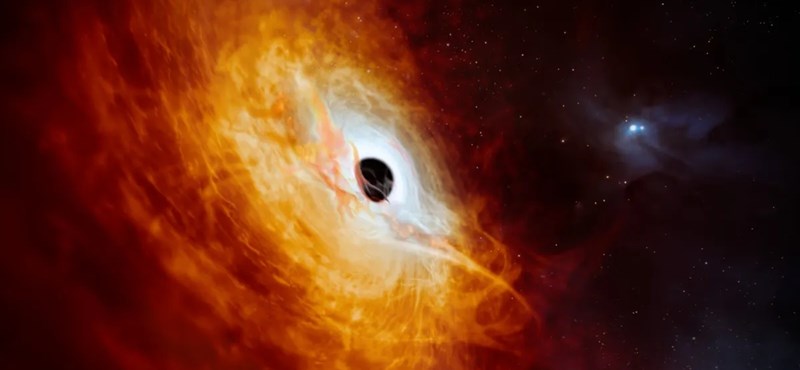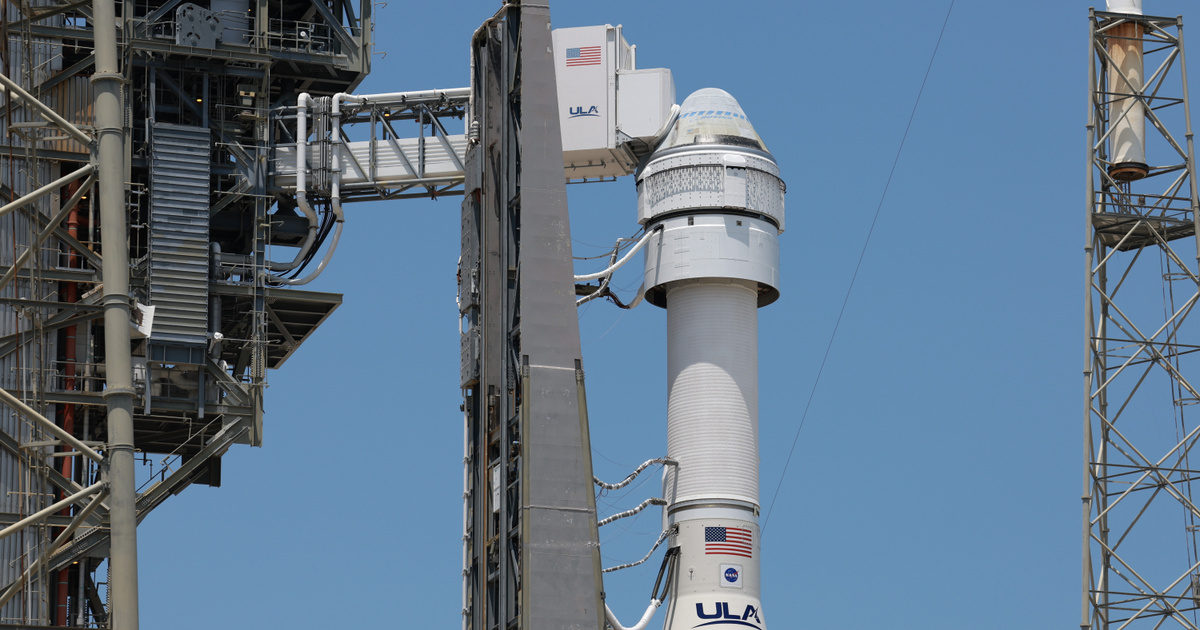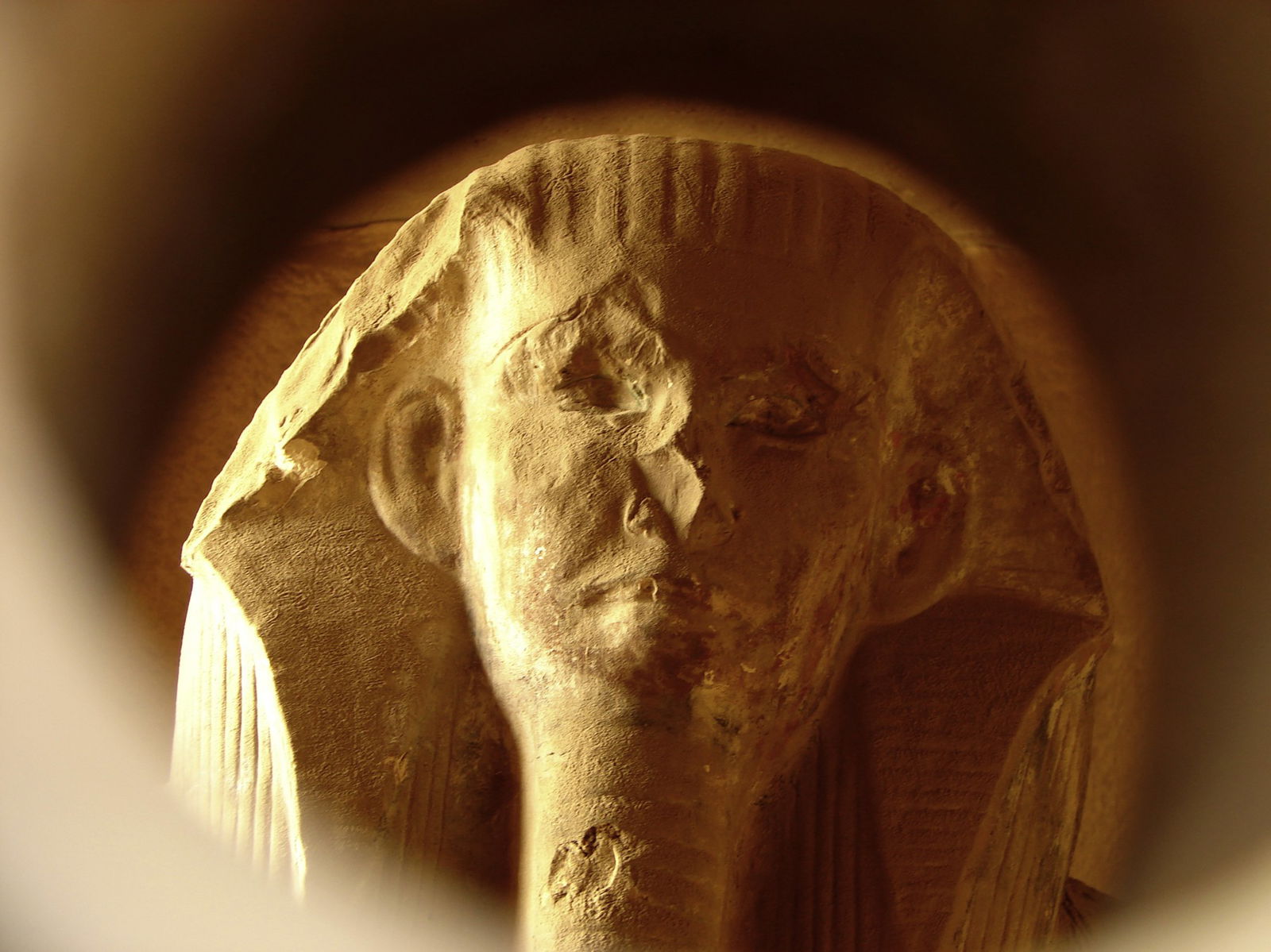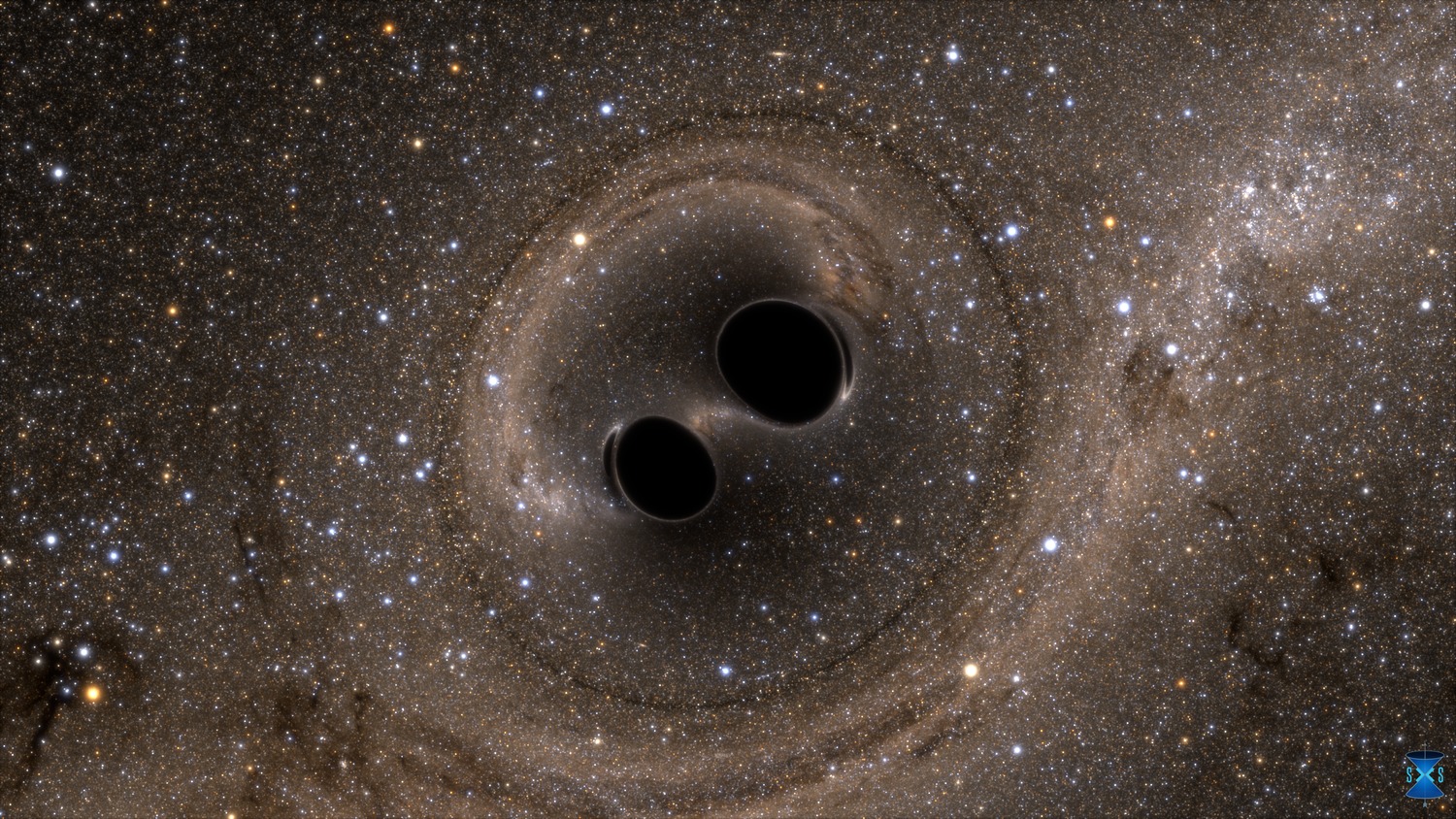[{“available”:true,”c_guid”:”9a858c60-218c-4567-84b5-397d7ecc9070″,”c_author”:”HVG360″,”category”:”360″,”description”:”Orbán Viktor ilyen gyenge produkcióval nem túl sűrűn rukkolt ki az eltelt 14 évben, írja a cikk szerzője a miniszterelnök évértékelőjéről, a pénteki tüntetésről pedig megjegyzi: hasonló idáig nemigen volt az Orbán-rendszer ellen.”,”shortLead”:”Orbán Viktor ilyen gyenge produkcióval nem túl sűrűn rukkolt ki az eltelt 14 évben, írja a cikk szerzője…”,”id”:”20240220_deutsche_welle_kommentar_orban_kegyelembotrany_evertekelo_influenszer_tuntetes”,”image”:”https://api.hvg.hu/Img/ffdb5e3a-e632-4abc-b367-3d9b3bb5573b/9a858c60-218c-4567-84b5-397d7ecc9070.jpg”,”index”:0,”item”:”9ff514ad-1a5e-4f00-8c28-85c3609a7eb5″,”keywords”:null,”link”:”/360/20240220_deutsche_welle_kommentar_orban_kegyelembotrany_evertekelo_influenszer_tuntetes”,”timestamp”:”2024. február. 20. 15:30″,”title”:”Deutsche Welle-kommentár: Orbán nem tudja kézben tartani a botrányt, de aligha bukik bele”,”trackingCode”:”RELATED”,”c_isbrandchannel”:false,”c_isbrandcontent”:false,”c_isbrandstory”:false,”c_isbrandcontentorbrandstory”:false,”c_isbranded”:false,”c_ishvg360article”:true,”c_partnername”:null,”c_partnerlogo”:”00000000-0000-0000-0000-000000000000″,”c_partnertag”:null},{“available”:true,”c_guid”:”5e3f9814-d631-4b26-94f7-389328ea9388″,”c_author”:”hvg.hu”,”category”:”tudomany”,”description”:”Belépő szintű androidos okostelefont jelentett be a magyar piacra a Motorola. A Moto G04 napokon belül elérhető lesz.”,”shortLead”:”Belépő szintű androidos okostelefont jelentett be a magyar piacra a Motorola. A Moto G04 napokon belül elérhető lesz.”,”id”:”20240221_motorola_moto_g04_belepo_szintu_okostelefon_olcso_androidos_mobil”,”image”:”https://api.hvg.hu/Img/ffdb5e3a-e632-4abc-b367-3d9b3bb5573b/5e3f9814-d631-4b26-94f7-389328ea9388.jpg”,”index”:0,”item”:”493812b4-01b2-437a-8a2d-4c50c38cee26″,”keywords”:null,”link”:”/tudomany/20240221_motorola_moto_g04_belepo_szintu_okostelefon_olcso_androidos_mobil”,”timestamp”:”2024. február. 21. 11:03″,”title”:”48 ezer forintos androidos telefont mutattak be”,”trackingCode”:”RELATED”,”c_isbrandchannel”:false,”c_isbrandcontent”:false,”c_isbrandstory”:false,”c_isbrandcontentorbrandstory”:false,”c_isbranded”:false,”c_ishvg360article”:false,”c_partnername”:null,”c_partnerlogo”:”00000000-0000-0000-0000-000000000000″,”c_partnertag”:null},{“available”:true,”c_guid”:”2fd4a275-786b-4d3d-99b7-6145b9101f4a”,”c_author”:”Cs.H.”,”category”:”kultura”,”description”:”Majdnem 60 éve színészkedik, körülbelül 8-9 éves kora óta rendszeres vendége az Oscar-gáláknak, Hollywood imádja, de valahogy mégis mindig elmegy Jodie Foster kedve a színészettől. Az utóbbi években alig láthattuk őt igazán emlékezetes szerepben, mígnem előbb egy úszóedző, majd egy alaszkai detektív bőrébe bújva visszatért belé a játszási kedv. Az ismét Oscar-jelölt Jodie Foster megint ragyog, csak ezúttal nem a vásznon, hanem a képernyőn.”,”shortLead”:”Majdnem 60 éve színészkedik, körülbelül 8-9 éves kora óta rendszeres vendége az Oscar-gáláknak, Hollywood imádja, de…”,”id”:”20240220_Jodie_Foster_True_Detective_Nyad_Netflix”,”image”:”https://api.hvg.hu/Img/ffdb5e3a-e632-4abc-b367-3d9b3bb5573b/2fd4a275-786b-4d3d-99b7-6145b9101f4a.jpg”,”index”:0,”item”:”b6e93b7a-8c5f-43a0-8e5d-0fc907e69b9c”,”keywords”:null,”link”:”/kultura/20240220_Jodie_Foster_True_Detective_Nyad_Netflix”,”timestamp”:”2024. február. 20. 16:30″,”title”:”Jodie Foster akkor volt utoljára ennyire elemében, amikor a bárányok hallgattak”,”trackingCode”:”RELATED”,”c_isbrandchannel”:false,”c_isbrandcontent”:false,”c_isbrandstory”:false,”c_isbrandcontentorbrandstory”:false,”c_isbranded”:false,”c_ishvg360article”:false,”c_partnername”:null,”c_partnerlogo”:”00000000-0000-0000-0000-000000000000″,”c_partnertag”:null},{“available”:true,”c_guid”:”a72fb025-e2a1-43e6-afec-da7889229029″,”c_author”:”Lengyel Tibor”,”category”:”itthon”,”description”:”A covid-tesztek milliárdos állami megrendelésén magát degeszre kereső fideszes kötődésű cég fantomizálódása nem tűnik bűncselekménynek – állapította meg a rendőrség, már egy hete. Ennek fényében érdekes, hogy csütörtökön érkezik majd meg Polt Péter válasza, hogy ő feljelentésként értékelte a hvg.hu cikke alapján írt ellenzéki kérdést, és továbbította a rendőrségnek.”,”shortLead”:”A covid-tesztek milliárdos állami megrendelésén magát degeszre kereső fideszes kötődésű cég fantomizálódása nem tűnik…”,”id”:”20240221_Milliard_allami_megrendeles_haveri_ceg_Polt_Peter_feljelentes_rendorseg_nyomozas”,”image”:”https://api.hvg.hu/Img/ffdb5e3a-e632-4abc-b367-3d9b3bb5573b/a72fb025-e2a1-43e6-afec-da7889229029.jpg”,”index”:0,”item”:”da145e7e-2689-49b6-b021-fc1932678d88″,”keywords”:null,”link”:”/itthon/20240221_Milliard_allami_megrendeles_haveri_ceg_Polt_Peter_feljelentes_rendorseg_nyomozas”,”timestamp”:”2024. február. 21. 15:55″,”title”:”Milliárdos állami megrendelés után eltűnő haveri cég: a rendőrség már rég elutasította a feljelentést, de Polt még kivár a hivatalos válasszal”,”trackingCode”:”RELATED”,”c_isbrandchannel”:false,”c_isbrandcontent”:false,”c_isbrandstory”:false,”c_isbrandcontentorbrandstory”:false,”c_isbranded”:false,”c_ishvg360article”:false,”c_partnername”:null,”c_partnerlogo”:”00000000-0000-0000-0000-000000000000″,”c_partnertag”:null},{“available”:true,”c_guid”:”b8dc5dea-ce01-493c-a016-67b48c0926b9″,”c_author”:”hvg.hu”,”category”:”cegauto”,”description”:”A fuvart meglepetésszerűen ajánlják fel egy-egy utasnak. “,”shortLead”:”A fuvart meglepetésszerűen ajánlják fel egy-egy utasnak. “,”id”:”20240220_Porsche_911_GT3_RS_Los_Angelesi_repuloter”,”image”:”https://api.hvg.hu/Img/ffdb5e3a-e632-4abc-b367-3d9b3bb5573b/b8dc5dea-ce01-493c-a016-67b48c0926b9.jpg”,”index”:0,”item”:”9c339ea9-8517-440b-bff2-40e5da02ac8d”,”keywords”:null,”link”:”/cegauto/20240220_Porsche_911_GT3_RS_Los_Angelesi_repuloter”,”timestamp”:”2024. február. 21. 06:19″,”title”:”Egy Porsche 911 GT3 RS-t használnak a szoros átszállásoknál a Los Angeles-i repülőtéren”,”trackingCode”:”RELATED”,”c_isbrandchannel”:false,”c_isbrandcontent”:false,”c_isbrandstory”:false,”c_isbrandcontentorbrandstory”:false,”c_isbranded”:false,”c_ishvg360article”:false,”c_partnername”:null,”c_partnerlogo”:”00000000-0000-0000-0000-000000000000″,”c_partnertag”:null},{“available”:true,”c_guid”:”5ef3f517-e3b4-4d27-bdb8-c3c201643d09″,”c_author”:”hvg.hu”,”category”:”itthon”,”description”:”Mennyire akarnak politizálni a Hősök terén a gyermekvédelem érdekében tömegeket megmozgató influenszerek? Akarnak-e egyáltalán politizálni? Mit gondolnak róluk a politikai ellemzők? Mennyire rengette meg a kegyelmi botrány a Fideszt? És profitált-e az ellenzék a botrányból? Egyebek mellett ezekre a kérdésekre is keresi a választ a HVG csütörtökön megjelenő száma.”,”shortLead”:”Mennyire akarnak politizálni a Hősök terén a gyermekvédelem érdekében tömegeket megmozgató influenszerek? Akarnak-e…”,”id”:”20240221_HVG_hetilap_influenszer_tuntetes”,”image”:”https://api.hvg.hu/Img/ffdb5e3a-e632-4abc-b367-3d9b3bb5573b/5ef3f517-e3b4-4d27-bdb8-c3c201643d09.jpg”,”index”:0,”item”:”4ccfdae7-ad21-420d-84c2-61be5972d50a”,”keywords”:null,”link”:”/itthon/20240221_HVG_hetilap_influenszer_tuntetes”,”timestamp”:”2024. február. 21. 12:01″,”title”:”Jelenthet-e politikai vérfrissítést az influenszertüntetés?”,”trackingCode”:”RELATED”,”c_isbrandchannel”:false,”c_isbrandcontent”:false,”c_isbrandstory”:false,”c_isbrandcontentorbrandstory”:false,”c_isbranded”:false,”c_ishvg360article”:false,”c_partnername”:null,”c_partnerlogo”:”00000000-0000-0000-0000-000000000000″,”c_partnertag”:null},{“available”:true,”c_guid”:”e9bb7183-6b4a-4046-9933-6986890221bf”,”c_author”:”MTI / hvg.hu”,”category”:”vilag”,”description”:”A főtitkár gratulált ahhoz, hogy Grúzia uniós tagjelölt ország lett, de felhívta a figyelmet, hogy Tbiliszinek folytatnia kell a reformokat és támogatnia a demokratikus értékeket.”,”shortLead”:”A főtitkár gratulált ahhoz, hogy Grúzia uniós tagjelölt ország lett, de felhívta a figyelmet, hogy Tbiliszinek…”,”id”:”20240221_Stoltenberg_NATO_szuverenitas_Gruzia”,”image”:”https://api.hvg.hu/Img/ffdb5e3a-e632-4abc-b367-3d9b3bb5573b/e9bb7183-6b4a-4046-9933-6986890221bf.jpg”,”index”:0,”item”:”061ebfd6-a92f-42ff-abe6-b84feaf154e4″,”keywords”:null,”link”:”/vilag/20240221_Stoltenberg_NATO_szuverenitas_Gruzia”,”timestamp”:”2024. február. 21. 17:25″,”title”:”Jens Stoltenberg: A NATO teljes mértékben támogatja Grúzia szuverenitását és területi integritását”,”trackingCode”:”RELATED”,”c_isbrandchannel”:false,”c_isbrandcontent”:false,”c_isbrandstory”:false,”c_isbrandcontentorbrandstory”:false,”c_isbranded”:false,”c_ishvg360article”:false,”c_partnername”:null,”c_partnerlogo”:”00000000-0000-0000-0000-000000000000″,”c_partnertag”:null},{“available”:true,”c_guid”:”9a858c60-218c-4567-84b5-397d7ecc9070″,”c_author”:”HVG360″,”category”:”360″,”description”:”A kétharmada viszont nincs veszélyben.”,”shortLead”:”A kétharmada viszont nincs veszélyben.”,”id”:”20240221_Politicoelemzes_Orban_egesz_palyafutasa_soran_nem_meg_volt_ilyen_nehez_helyzetben”,”image”:”https://api.hvg.hu/Img/ffdb5e3a-e632-4abc-b367-3d9b3bb5573b/9a858c60-218c-4567-84b5-397d7ecc9070.jpg”,”index”:0,”item”:”d8dbdbd1-6040-420c-a3a4-a96c97939775″,”keywords”:null,”link”:”/360/20240221_Politicoelemzes_Orban_egesz_palyafutasa_soran_nem_meg_volt_ilyen_nehez_helyzetben”,”timestamp”:”2024. február. 21. 07:30″,”title”:”Politico-elemzés: Orbán egész pályafutása során nem volt még ilyen nehéz helyzetben”,”trackingCode”:”RELATED”,”c_isbrandchannel”:false,”c_isbrandcontent”:false,”c_isbrandstory”:false,”c_isbrandcontentorbrandstory”:false,”c_isbranded”:false,”c_ishvg360article”:true,”c_partnername”:null,”c_partnerlogo”:”00000000-0000-0000-0000-000000000000″,”c_partnertag”:null}]

We recommend it from the first page

The Economist's so-called Carrie Bradshaw Index gave the Hungarian capital a dismal first place.

























![The Italian Souls clone has been delayed, but is coming to multiple consoles [VIDEO]](https://thegeek.hu/wp-content/uploads/sites/2/2024/05/thegeek-Enotria-The-Last-Song-1.jpg)




















